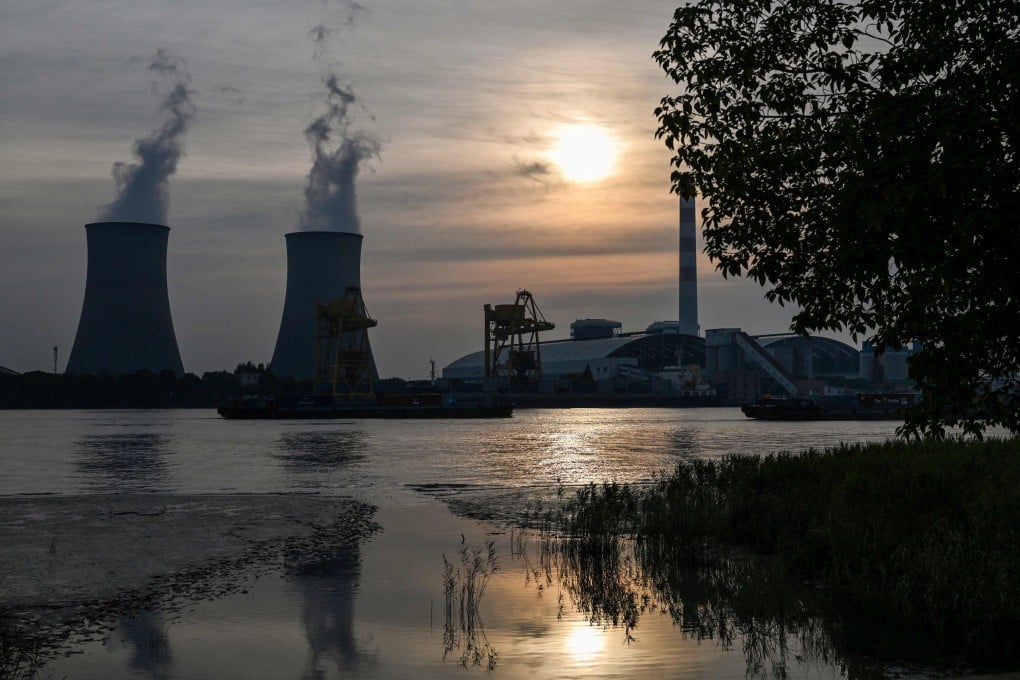Climate change: China accelerates investments in coal-fired power and steel plants, risking emission goals, report warns
- China approved between US$26 billion and US$33 billion in coal-based capacity in the first half of 2022 despite falling demand, two climate non-profits say
- A lack of flexible grid management perpetuates reliance on coal power and creates a perceived need to build more of it, the groups say

China’s investments in coal-based power, iron and steel capacity accelerated in the first half of the year, putting the country’s commitments to decarbonise its economy at risk, experts say.
Approvals for new coal-fired power plants and coal-based iron and steel facilities increased even as demand is falling and while renewable power and low-carbon technologies for iron and steel production are making fast progress, according to a report from two climate groups.
The Chinese government approved 15 gigawatts (GW) of coal-fired power plants, 30 million tonnes per annum (Mtpa) of new coal-based iron-making capacity and 15 Mtpa of new coal-based steel plants in the first half of 2022, according to a report released on Wednesday by climate non-profit organisations the Centre for Research on Energy and Clean Air (CREA) and Global Energy Monitor (GEM).

The estimated US$26 billion to US$33 billion in new investments in coal-based capacity took place despite falling demand for coal-fired power and steel production since last summer, the researchers found.